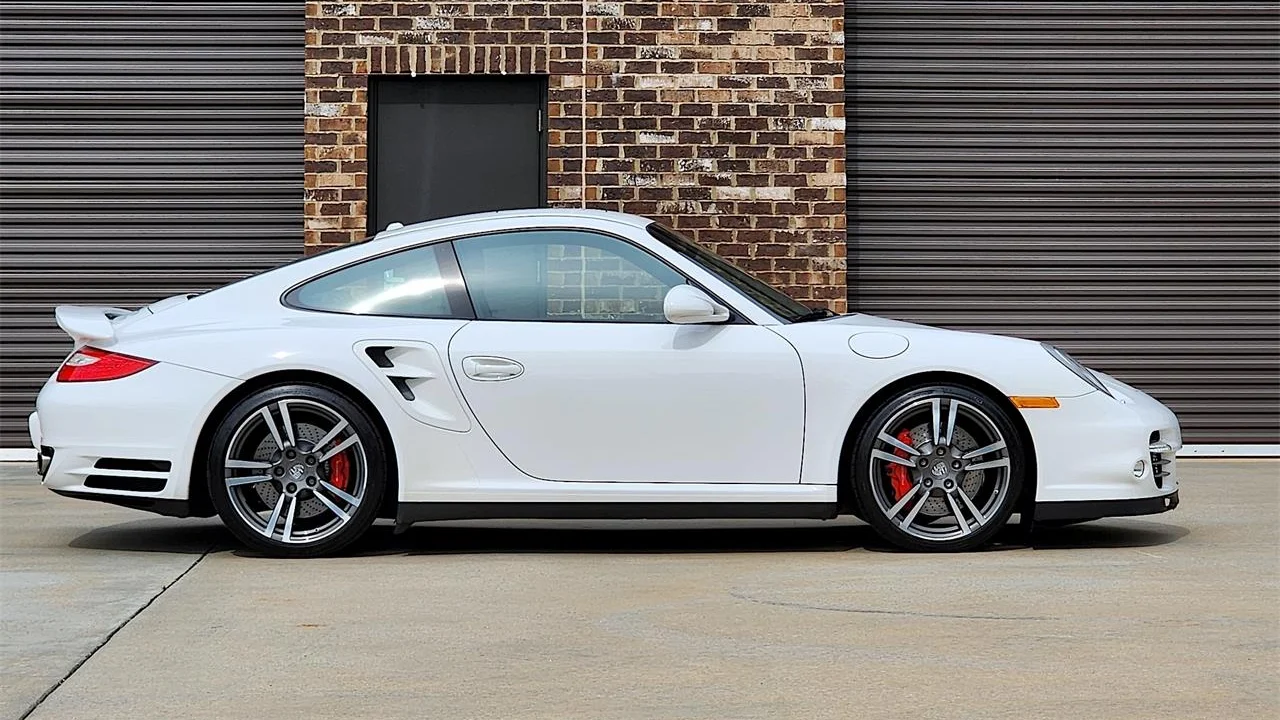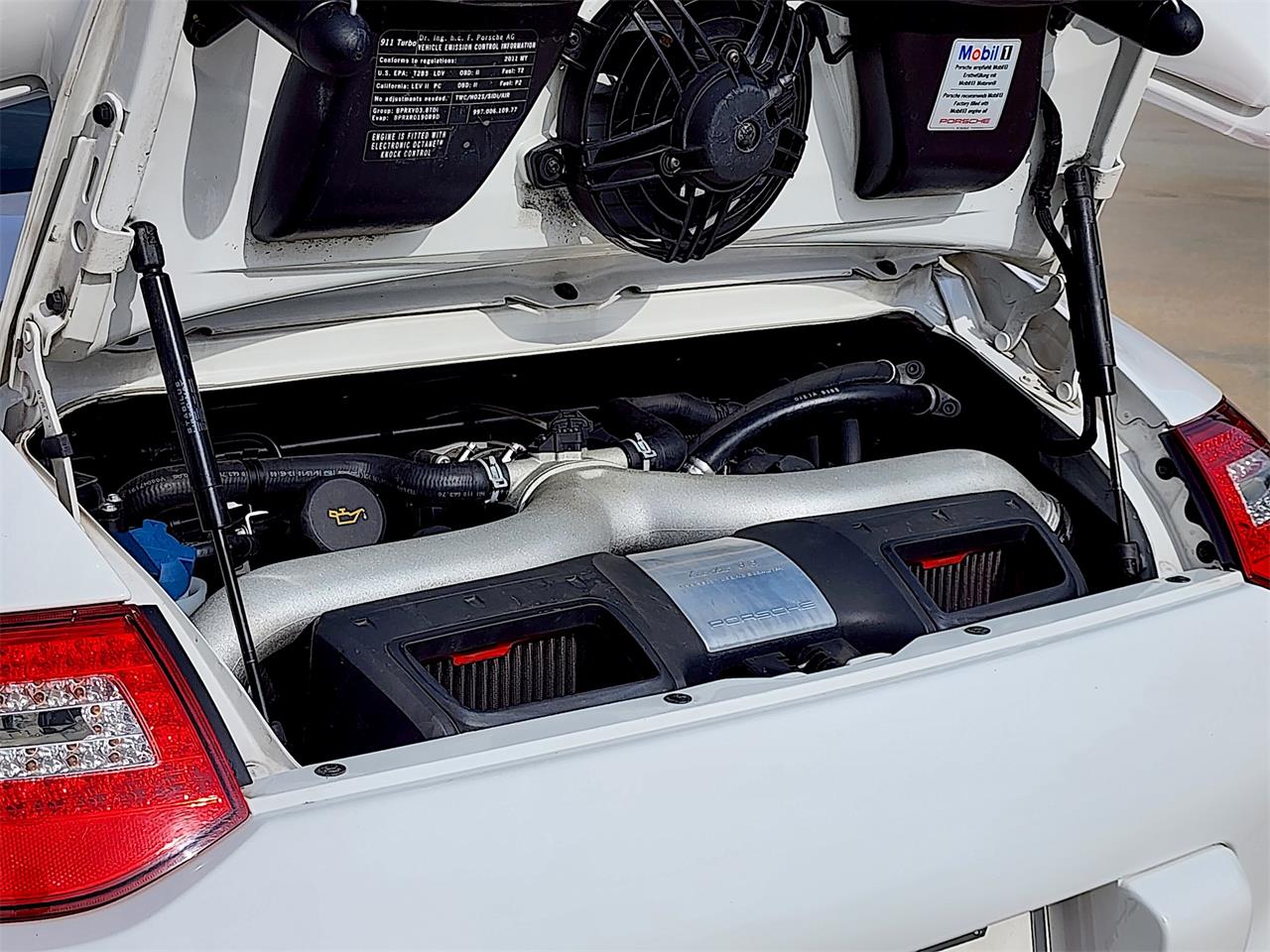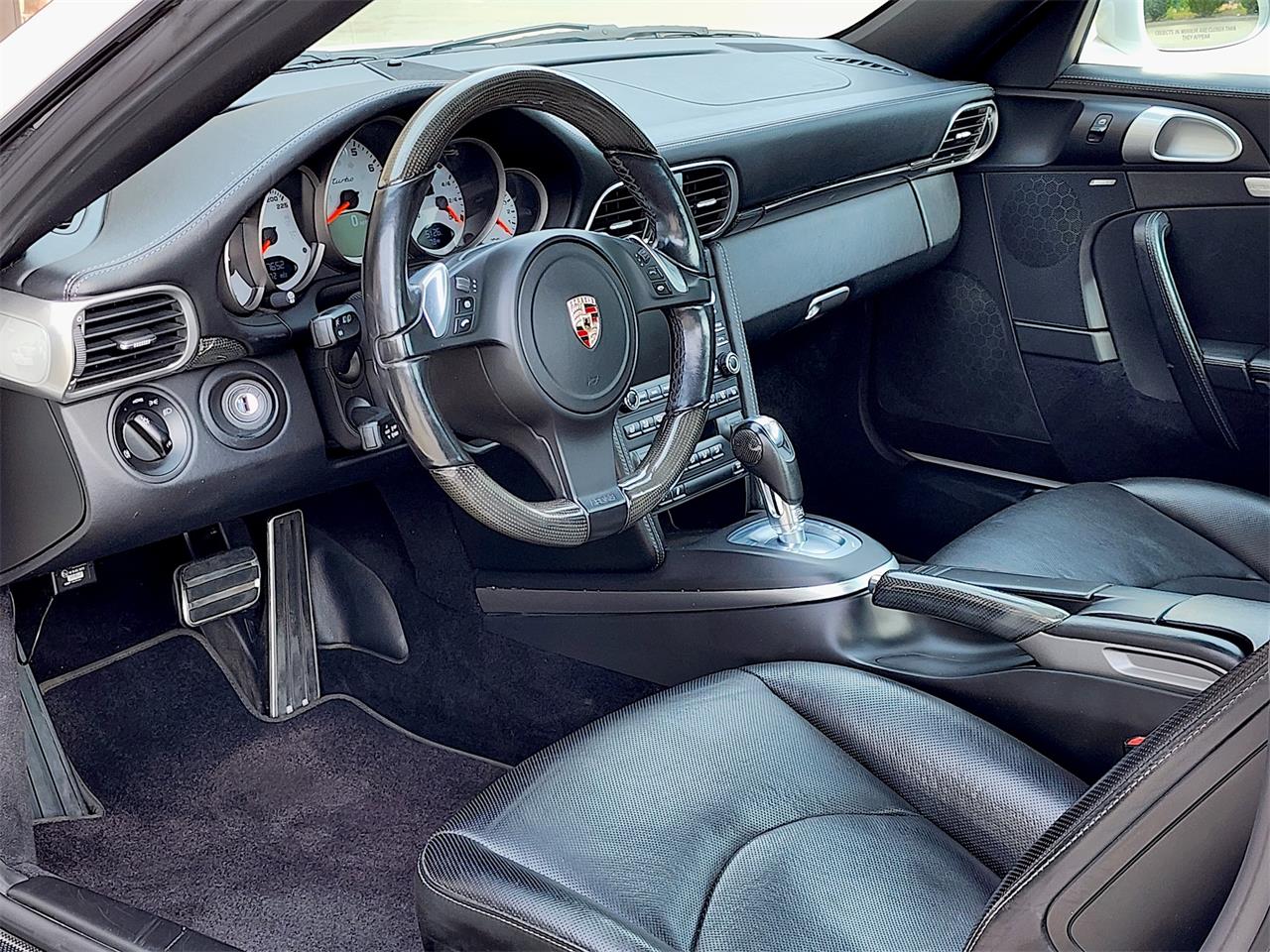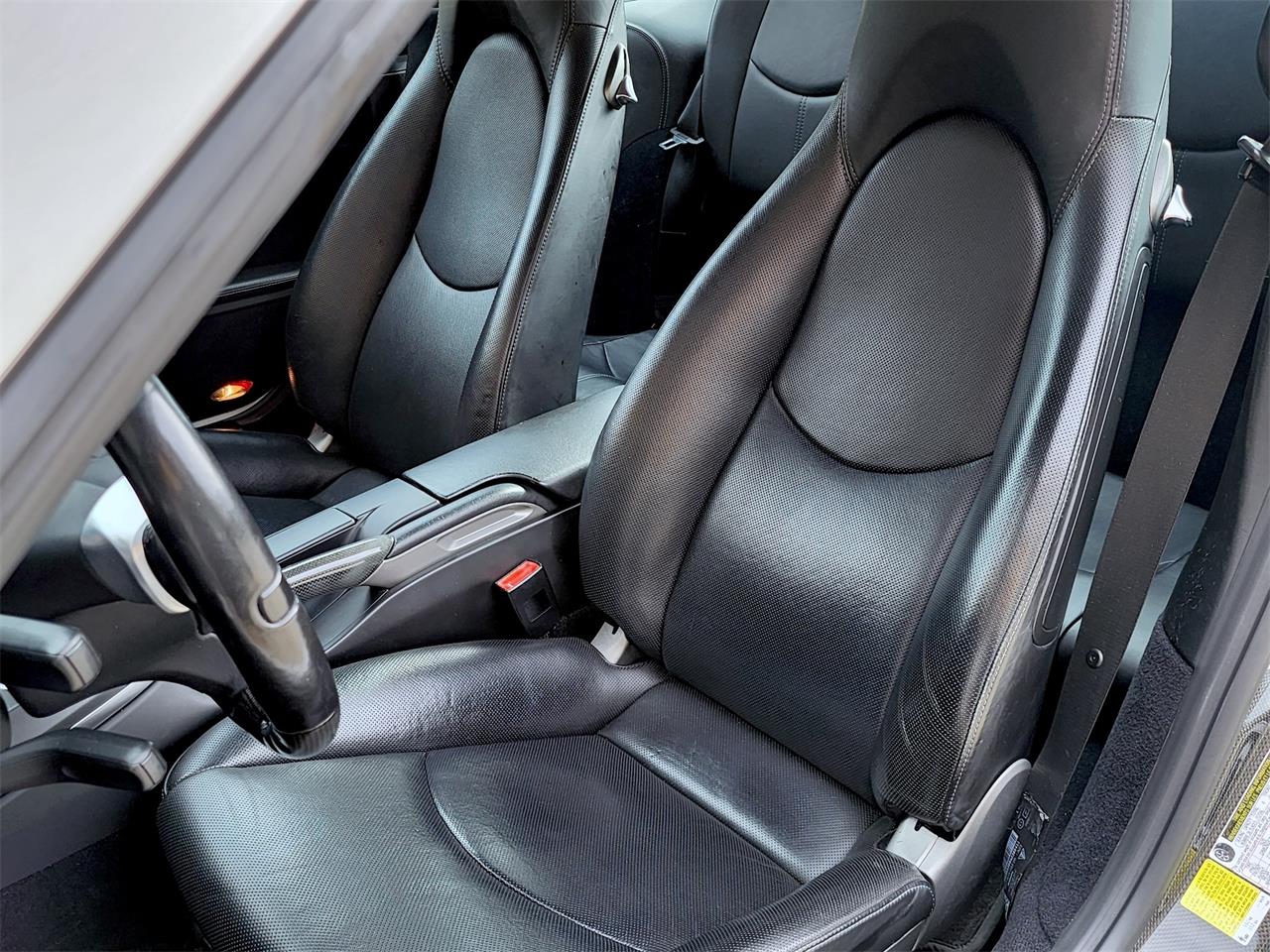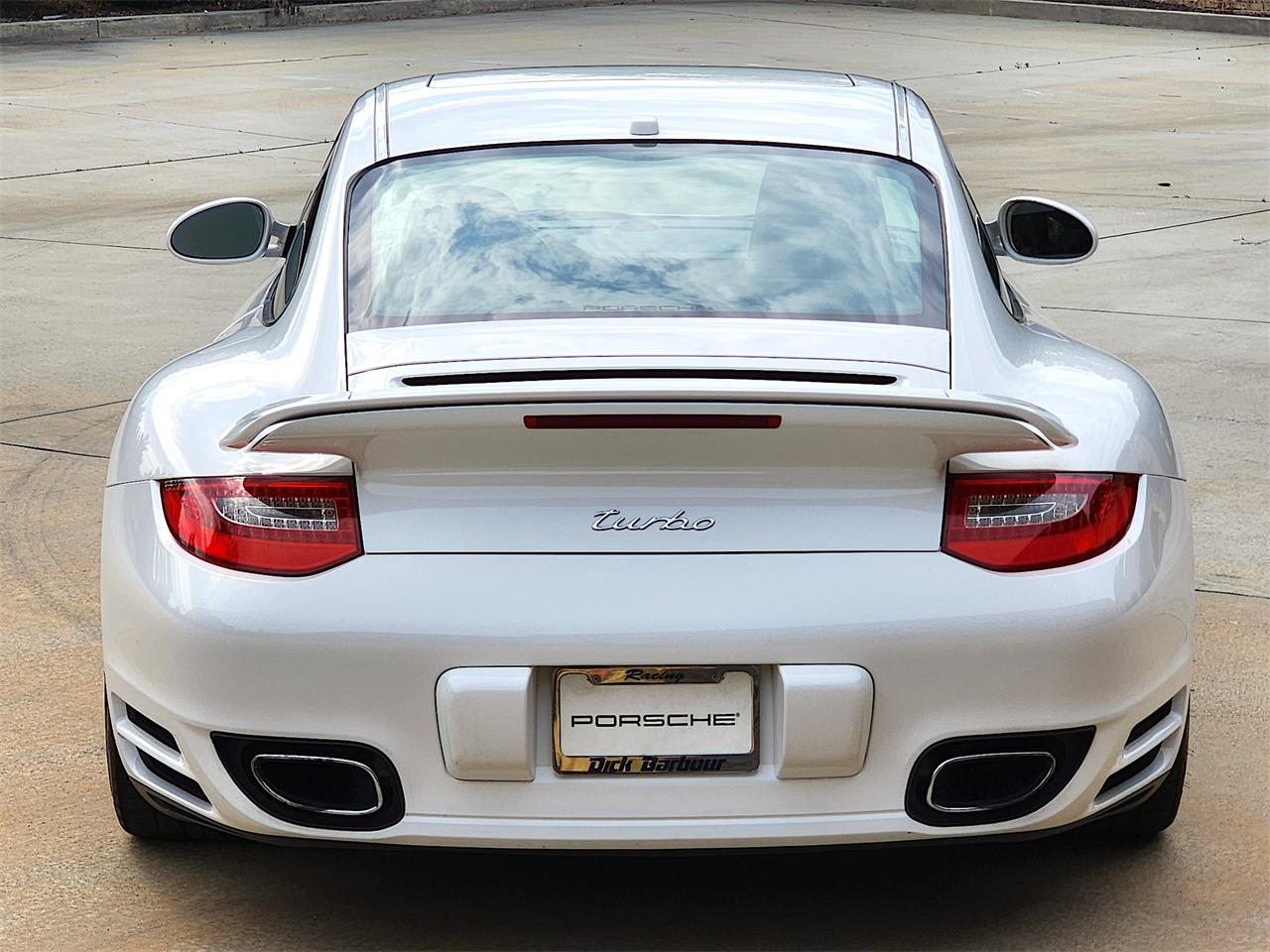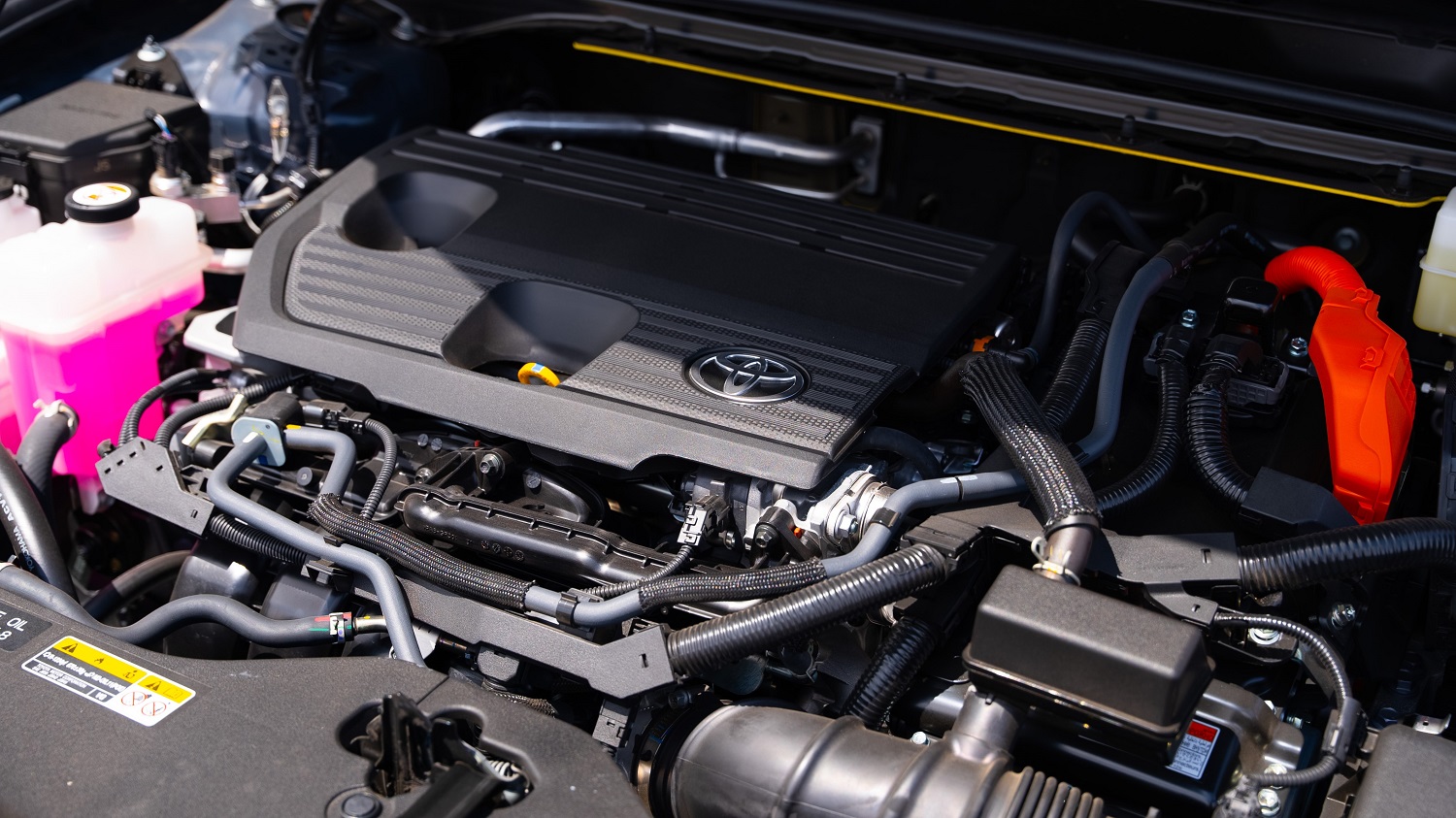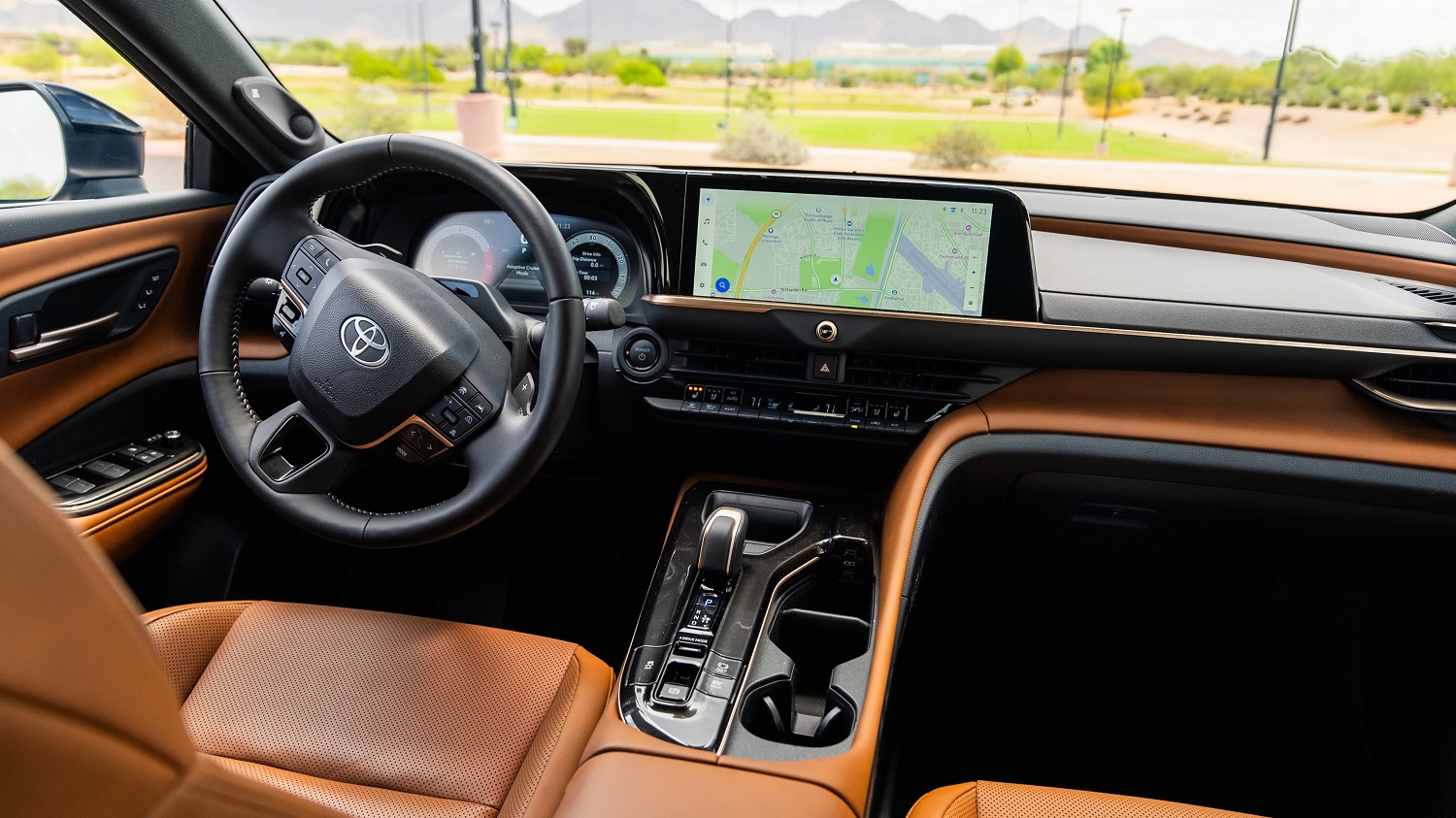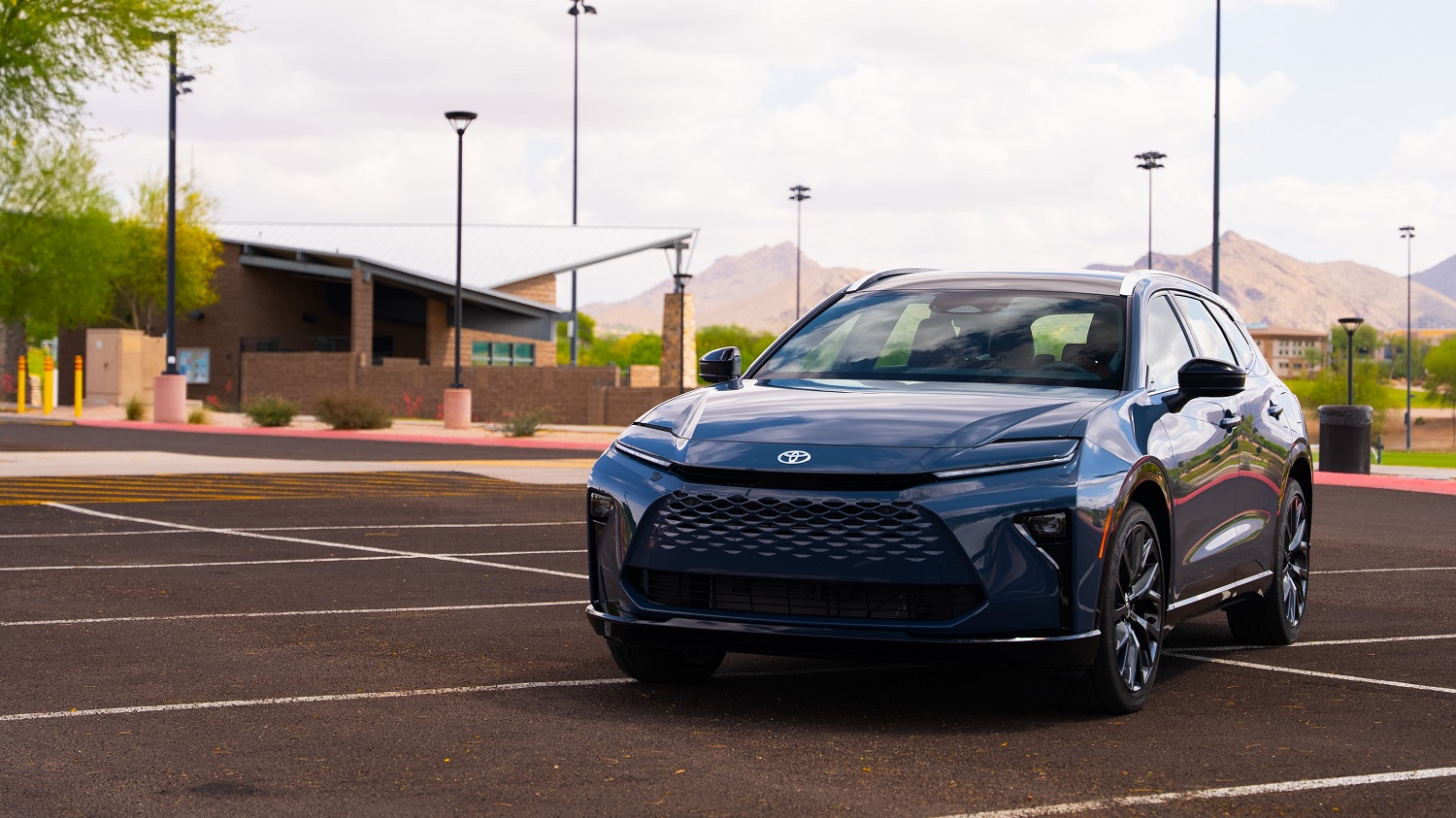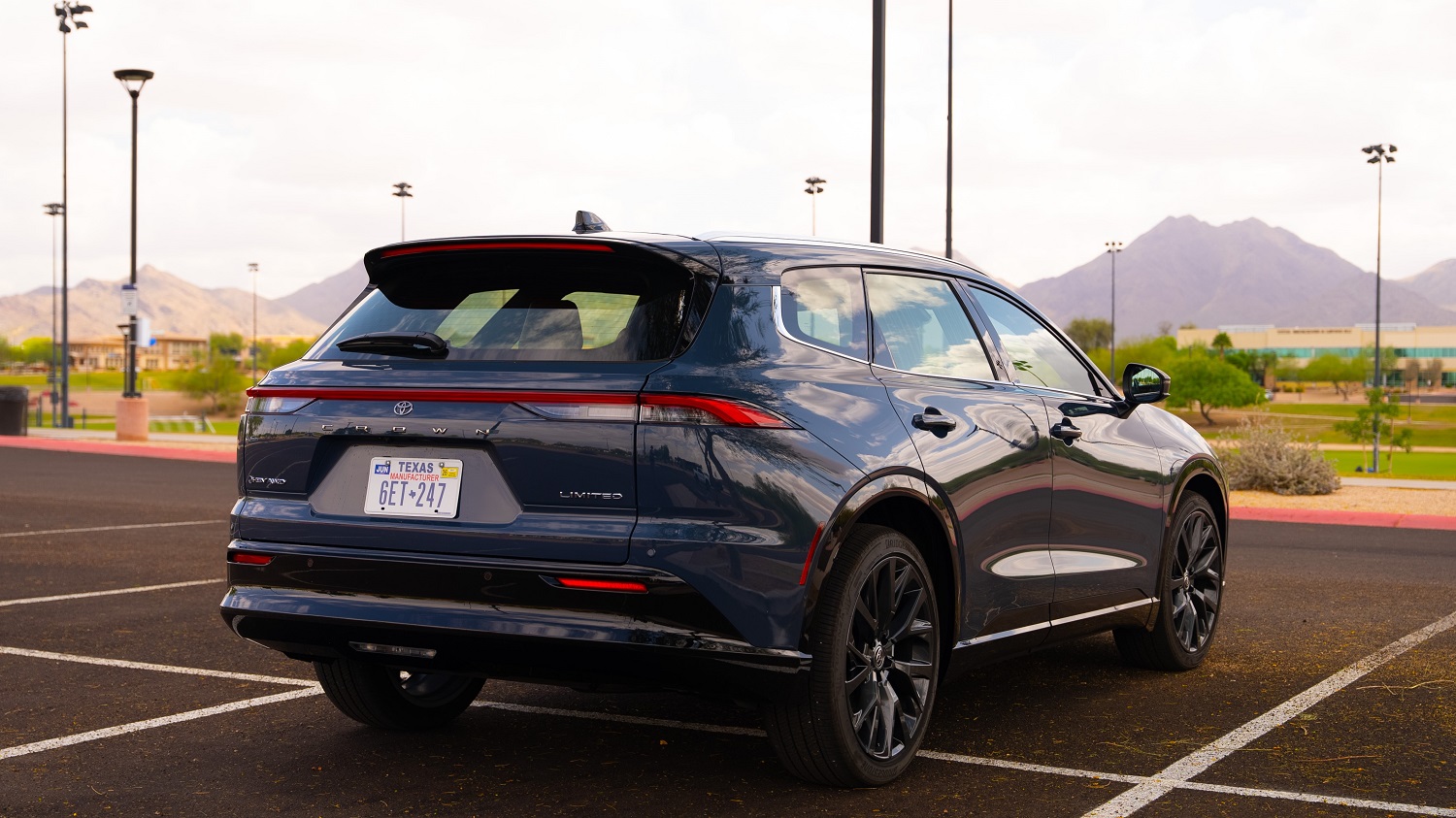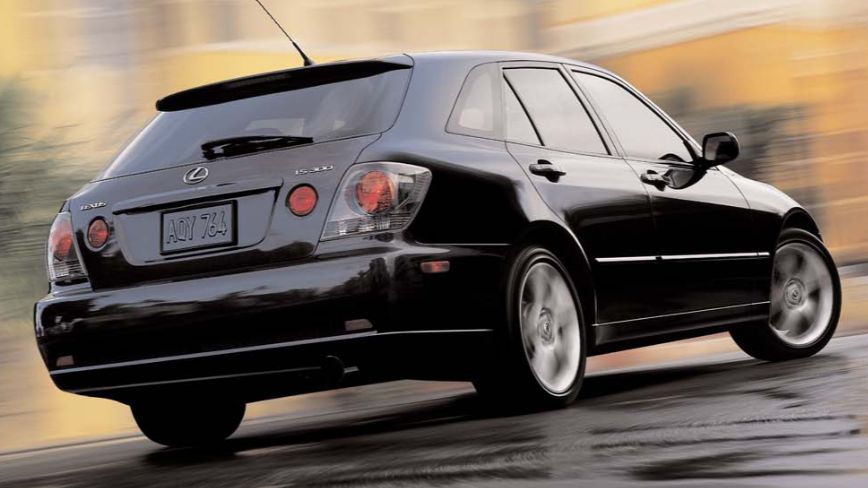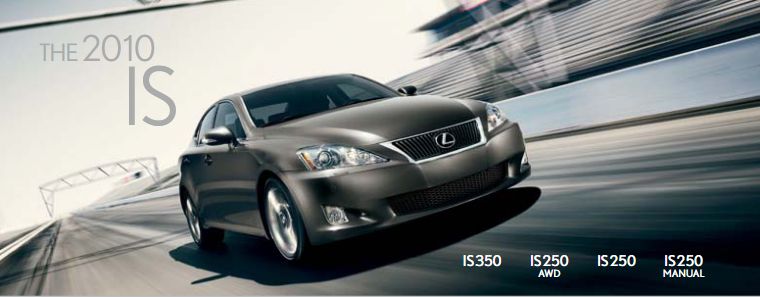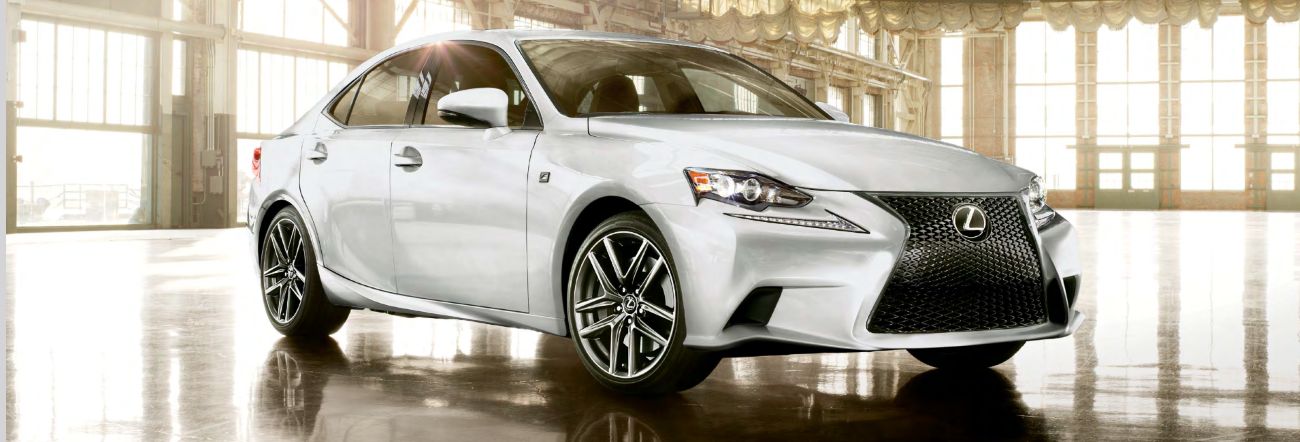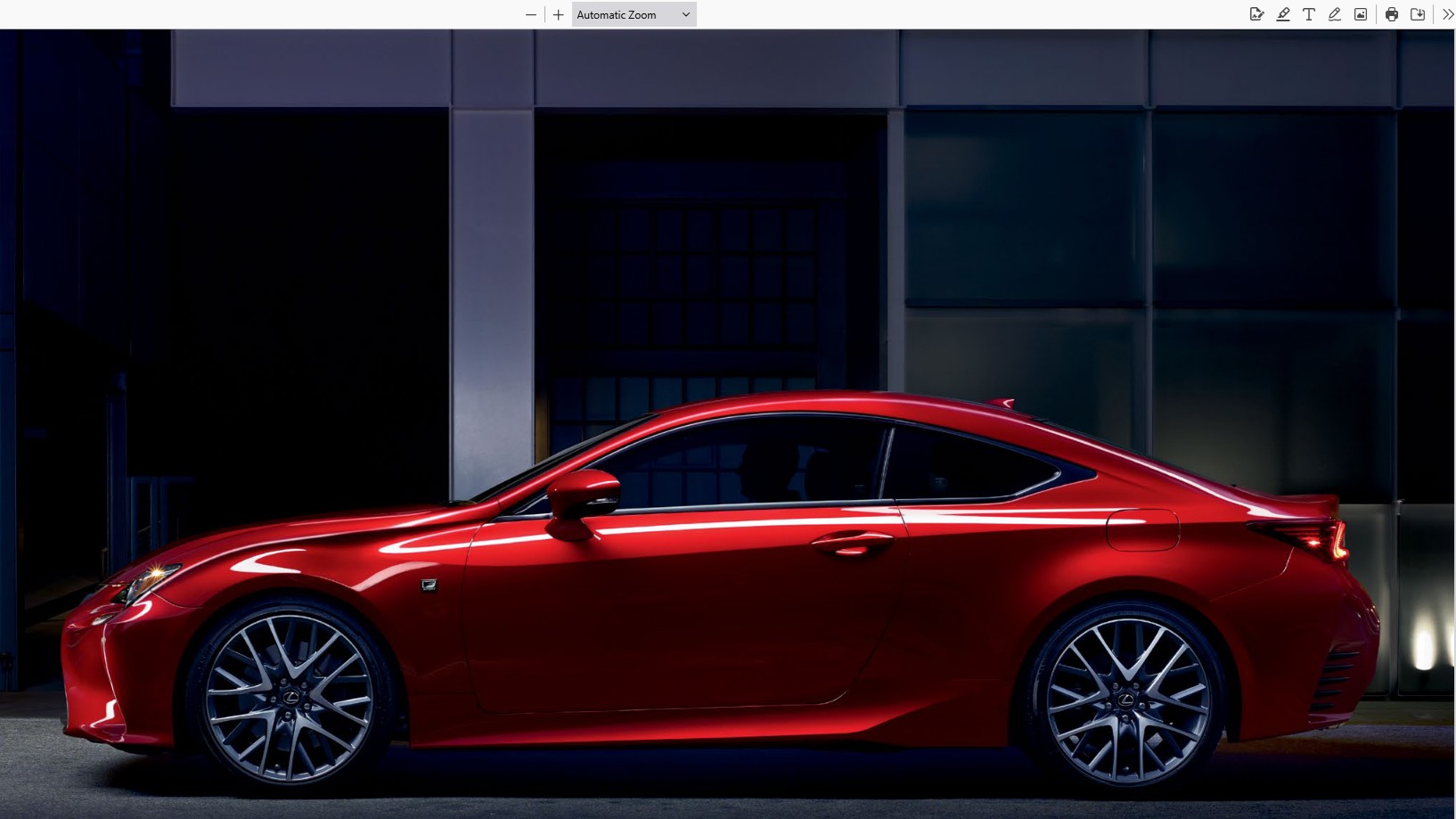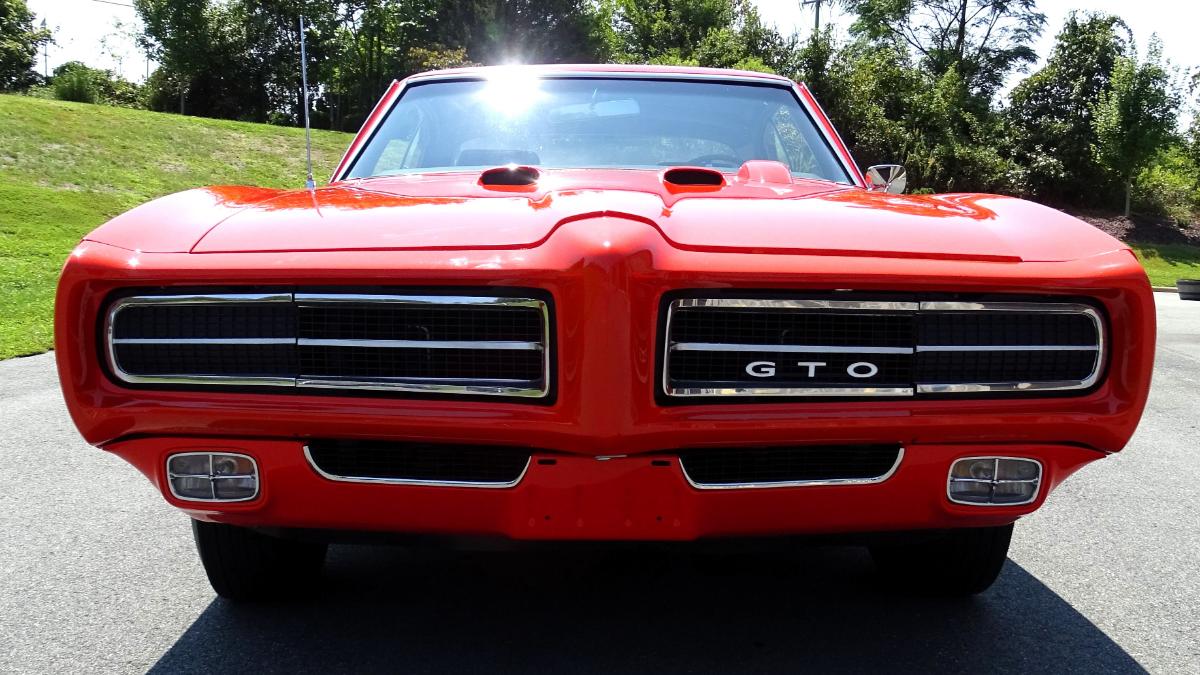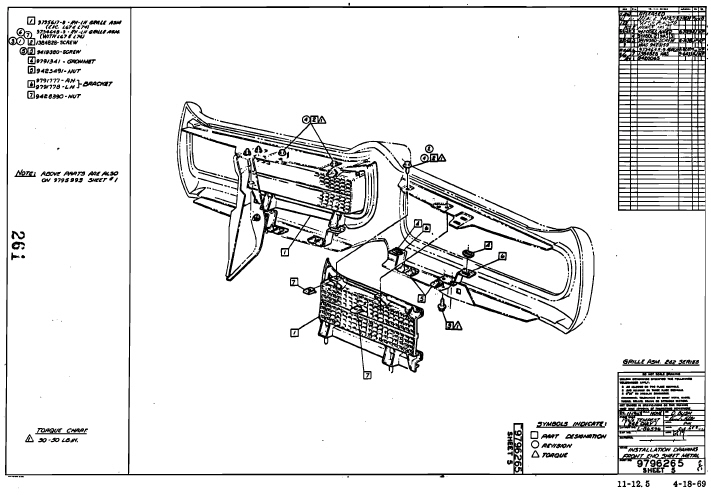Let’s be honest—there are a lot of SUVs out there. So many, in fact, that choosing the right one can be overwhelming. And while some rise to the top with outstanding value, performance, and reliability, others just don’t measure up. Whether it’s outdated tech, lackluster powertrains, or just poor value for the money, there are a few we simply wouldn’t recommend to anyone looking for a smart buy. Here’s a look at 11 SUVs we would skip, and exactly why they didn’t make our cut.
Jeep Compass
We’ve driven the Compass enough to know it’s not Jeep’s finest. It looks the part of a rugged SUV, but the capability doesn’t match the image. The engine is weak, the interior feels cheap in places, and it falls short on fuel efficiency. Even die-hard Jeep fans might find themselves frustrated by the lack of refinement here. For the same money, we’d go for a Mazda CX-5 or Hyundai Tucson—both are better-equipped and more enjoyable to drive.
Mitsubishi Outlander Sport
This one feels like it’s stuck in the past. While Mitsubishi gave it a few styling tweaks over the years, the engine, interior, and overall experience haven’t evolved much since 2011. It’s basic—too basic—and the ride is anything but smooth. We’ve tested better budget crossovers with far more comfort, features, and value. Unless you’re okay with sacrificing tech and performance just to save a few bucks, there are better options out there.
Ford EcoSport
We tried to like the EcoSport, we really did. But between the odd swing-out tailgate, cramped rear seat, and underpowered engine, it left us scratching our heads. It’s small enough for city driving, sure—but so are plenty of other compact SUVs that don’t feel like a compromise. Add in its bouncy ride and dated interior, and we just can’t recommend it when the competition is this fierce.
Chevrolet Trax (Pre-2024)
The first-gen Trax always felt more like a placeholder than a serious contender. It was small, slow, and uninspired—inside and out. We’ve driven enough of them to know they’re better left in rental fleets. The newer models are a huge improvement, but anything pre-2024 just doesn’t deliver enough value to justify the purchase. If you’re shopping used, you’ll find far better vehicles in the same price range.
Dodge Journey
This SUV was outdated long before it was discontinued. Even in its final model years, the Journey still used a 4-speed transmission—yes, you read that right. The tech was outdated, the ride quality was below average, and it felt like Dodge just gave up on updating it. We get that it was affordable, but even budget shoppers deserve better. It’s a hard no from us.
Nissan Rogue Sport
We wanted to like this smaller version of the Rogue, but it just didn’t deliver. It’s underpowered, noisy, and the CVT makes driving feel like a chore. While it looks good on the outside, the performance is a letdown, and the interior isn’t all that roomy either. With so many better options in the compact crossover segment, this one just doesn’t make the cut for us.
Toyota C-HR
We love Toyotas for their reliability—but the C-HR feels like it missed the memo on practicality. The bold design is fun, but it compromises rear visibility, cargo space, and headroom. And without the option for all-wheel drive, it limits its appeal in climates where that matters. We’d recommend the Corolla Cross instead—it delivers more function with the same Toyota dependability.
Buick Encore (First Gen)
Buick aimed to offer a small, upscale SUV with the Encore, but the first-generation model didn’t quite stick the landing. The cabin feels tight, the powertrain lacks punch, and the overall experience doesn’t match the premium price. We found better quality and comfort in mainstream alternatives like the Honda HR-V or Kia Seltos. If you’re shopping Encore, we suggest going for a newer generation or skipping it altogether.
Land Rover Discovery Sport
It’s a Land Rover, so we expected more. The Discovery Sport looks great and promises capability—but what it delivers is unreliable electronics, frequent trips to the shop, and a resale value that drops like a rock. Luxury shouldn’t come with this much hassle. We’ve had our fair share of experiences with costly Land Rover repairs, and unless you’re leasing or have deep pockets, this one isn’t worth the stress.
Hyundai Kona EV (Pre-2024)
We give Hyundai credit for jumping into the EV game early, but the pre-2024 Kona EV left us underwhelmed. The ride is stiff, rear seating is cramped, and the tech already feels dated. While the range is decent, newer EVs in the same price bracket—like the Bolt EUV or Tesla Model Y—offer more bang for your buck. It’s not a bad EV, but it’s not a great one either.
Infiniti QX60 (2016-2020)
From the outside, the QX60 looks like a luxury SUV, but behind the wheel, it’s a dressed-up Pathfinder with a lackluster CVT and underwhelming handling. We found the interior materials didn’t quite match the premium price, and the tech was already behind the curve even when new. For the same money, you could be driving an Acura MDX or Lexus RX—both of which offer a far more rewarding experience.

